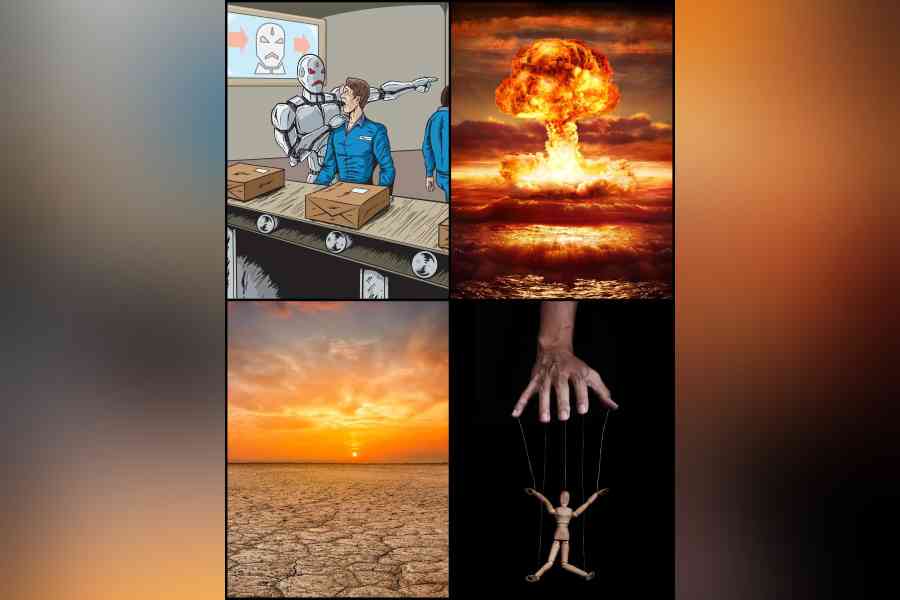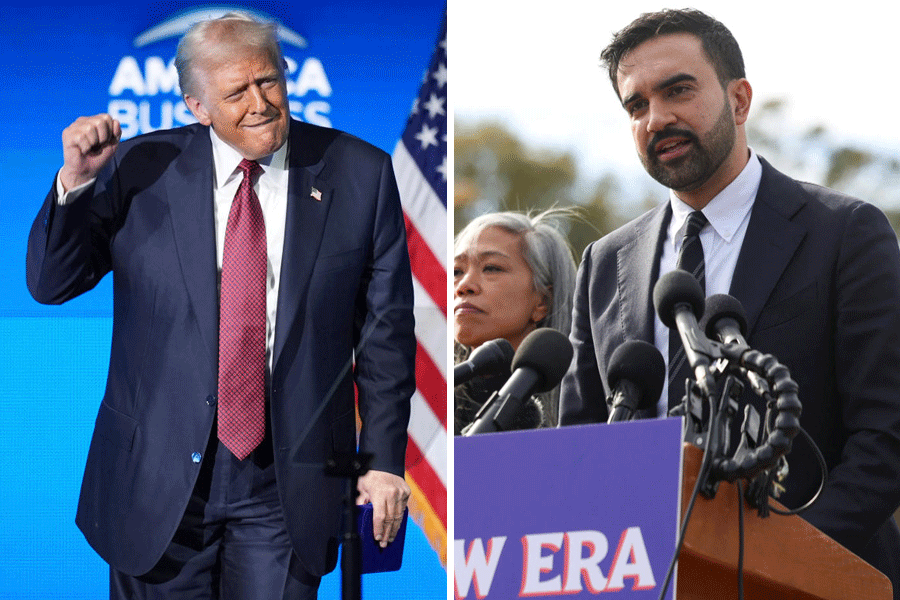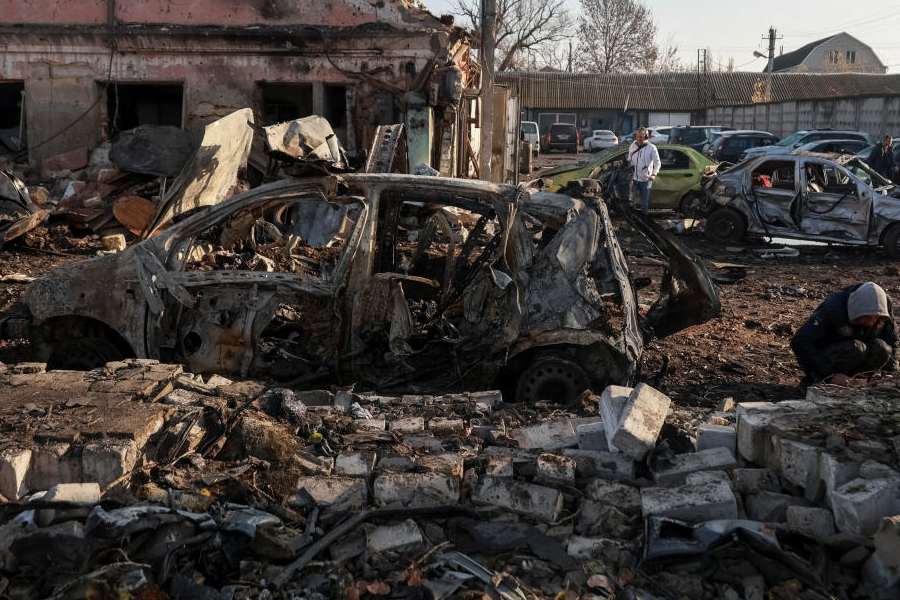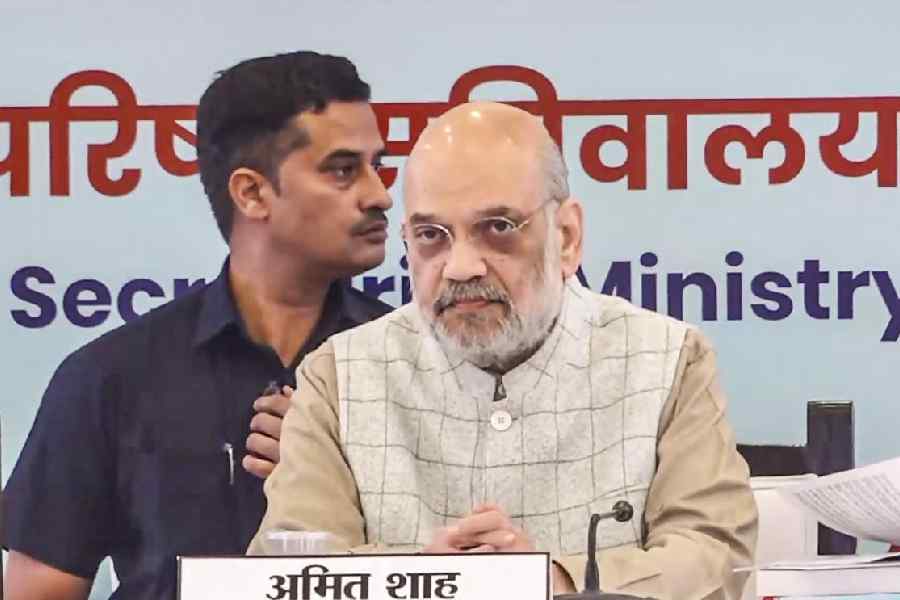The world is challenged by many existential threats. Some of them are old, some more recent, and some hanging over a not-so-distant future. If one considers all the threats together, the forecast indeed induces a sense of foreboding. All the cheers of good tidings cannot overcome the possibility of a grim future. All these threats are human-made — unintended consequences of our intense desire for material consumption and comfort.
The first threat is an old one, that of nuclear weapons being used in an arena of war, leading to mass destruction. More countries than ever before are armed with growing numbers of deadly weapons. In most of these nations, the political leadership does not signal the maturity and responsibility that the ownership of these weapons demands. There are many related worries. Rogue terrorists could make nuclear weapons themselves, a task that is possible and relatively cheap. What is even more terrifying is the knowledge that not all nuclear weapons manufactured are accurately accounted for. Although no mishap has occurred so far, this does not mean that a disaster is impossible. Geopolitical tensions between India and Pakistan, between Russia and Ukraine, between North Korea and the United States of America are all flashpoints that might ignite without much warning.
The potential of nuclear disaster is aggravated by the fact that nations are moving away from global collaborations and cooperation to more inward-looking ideologies where the fear of and hatred for the foreigner and the immigrant are deeply entrenched. Fanned by political hot air from authoritarian leaders, this crude brand of nationalism survives and flourishes. Tension about the backlash of retreat from the globalisation of the last decade of the 20th century and the first decade of this century does not mean a return to the world of the 1980s. That is not possible anymore. Consumers have exhibited a huge appetite for goods and services from all over the world. New international supply chains had made that possible to a large extent. Now, with the growing political preference for protectionism, the supply chains are broken, while domestic production systems have not re-adjusted yet. Hence, costs of production have risen fast, as have inflationary pressures across the globe. Output growth is sluggish, with strong recessionary tendencies being witnessed even in some strong economies of the world.The global economic disorder,along with a disrupted financial system, is here to stay, at least for some time.
The magic of economic growth and material prosperity has accelerated the use of fossil fuels, resulting in ever-increasing carbon emissions. The unstoppable increase in emissions has brought the threat of climate change closer and closer. Now, most serious climate scientists believe that the average temperature rise is likely to be closer to 2° Celsius than 1.5° Celsius. At the moment, even a rise of 3° Celsius by the end of the century cannot be ruled out. The signs of climate change and the attendant unpredictable and unusual weather events have clearly shown that climate tipping points are much closer than we thought. Climate change is, arguably, the most important one of the long list of environmental threats looming on the horizon. The great growth story has resulted in a great acceleration in the use and depletion of critical natural resources such as fresh water, soil nutrients, forest cover, biodiversity, minerals and ocean ecosystems through acidification. Despite a long list of international meetings and agreements on the reduction of carbon emissions, there has been no success. As of now, the way the nations of the world are behaving, the targets of the Paris Agreement will remain unfulfilled. Economic development is unsustainable.
Last, but not the least, is the threat that appears as a seductive solution to many of humanity’s problems of health, education and effective governance — the threat from the new technologies of artificial intelligence and machine learning. It has often been claimed with the wisdom of hindsight that new technologies are initially always suspected of displacing human beings from their jobs. However, all new technology has ultimately resulted in creating more jobs and made human life a little less troublesome. This time, the emerging technology is qualitatively different from the older technologies, including the first wave of the information and communication technology revolution. These new technologies can make a device take its own decisions, not necessarily sticking to the set of instructions given to it at the time of training. In this way, it takes something away from human beings. Moreover, the new technologies can be creative and generate new ideas on their own. Unlike the entire gamut of machines that humans have known and used since the Stone Age, the new ones will have autonomy and agency. Hence, they will ultimately be able to learn and act on their own. They will dominate humans according to the laws of evolution and might ultimately displace us from being the most influential species on planet earth. The comparison of their intelligence and our own, according to some scientists, would be the difference between our brains and that of a frog’s. And we do not show a great deal of respect for the cerebral ability of frogs.
As these threats keep growing in magnitude over time, the cocktail effect can be quite deadly. All these threats increase vulnerabilities. These vulnerabilities, in turn, create insecurities. First of all, there will be a steady rise in insecurities of all sorts that will become manifest in everyday life. Insecurity about the loss of economic stability, insecurity about lethal diseases, about natural disasters like floods and fires, insecurity about displacement and, above all, insecurity about bodily suffering and death. Despite the staggering rise in global inequalities in income and wealth over the last 100 years, these insecurities will be felt by the rich and the poor alike. The rich might be able to defend themselves a little while longer than the poor, but ultimately the bell will toll for them too.
Human behaviour tends to be very defensive when faced with a variety of threats. Thinking tends to become short-term and self-centred with a focus on survival. An alternative behavioural response is to believe that the threats are overstated and not immediate in nature. Then people have a marked tendency to ignore them altogether or assign unusually low probabilities of their occurrence. In the political arena, such threats are used to exploit the vulnerabilities and insecurities that arise. People look for distraction or salvation from threats. A political saviour who can distract attention, in whatever fashion, from the perils of the here and now would be considered a messiah. A charismatic false prophet who can make people forget their real condition could swiftly rise to the helm of power. People also wilfully accept greater control and authoritarianism, thereby relegating the responsibility over their own lives. The whole culture of fear and anxiety discourages the need to think freely. The authoritarian repressions of dialogue and dissent are not objected to. Most refuse to believe the terrible news. Instead, in the brave new world of forgetfulness, they wear a smile on their faces, and a badge of their leader on their chests.
Anup Sinha is former Professor of Economics, IIM Calcutta











